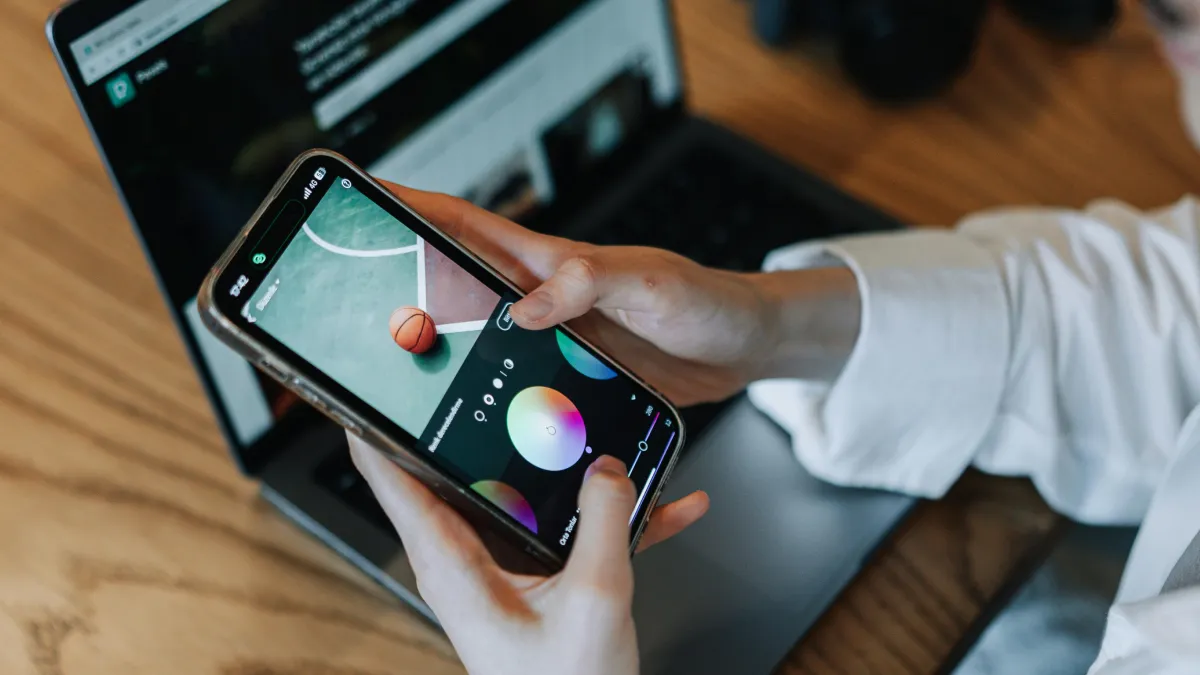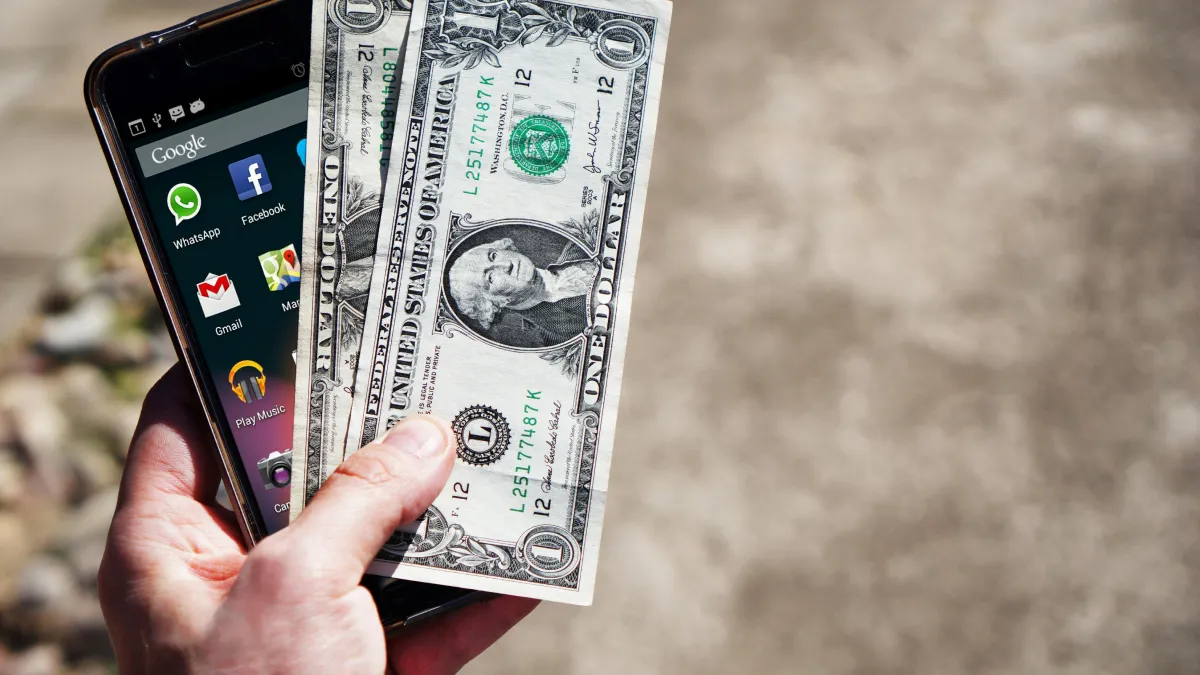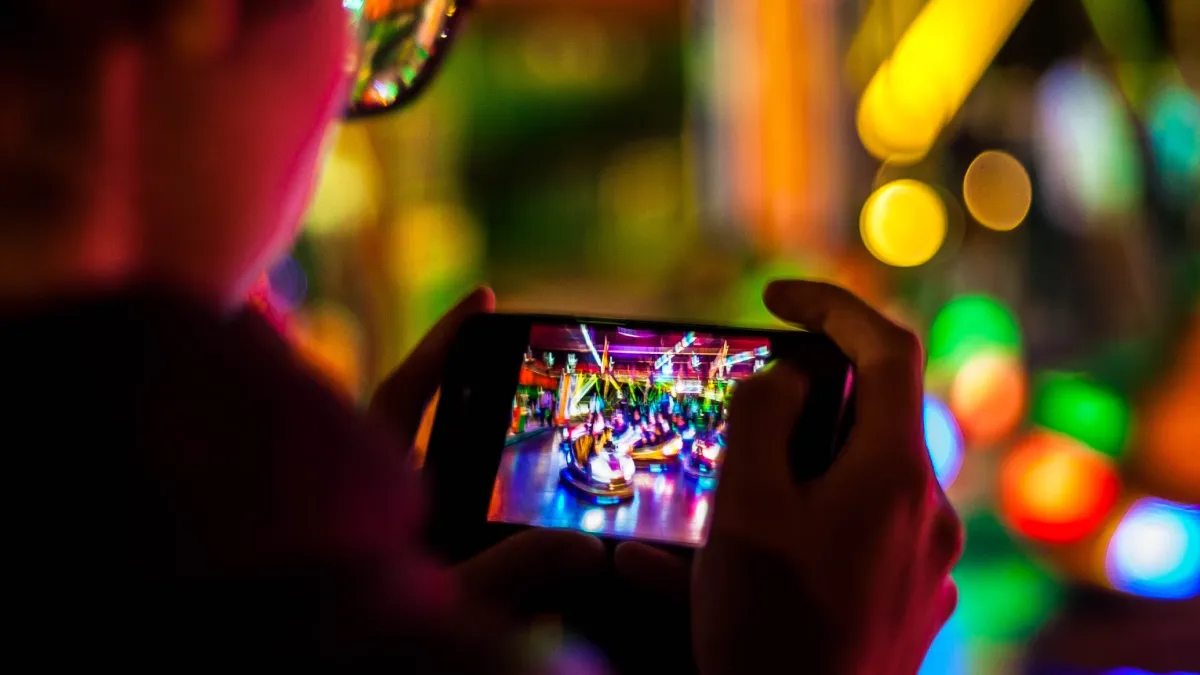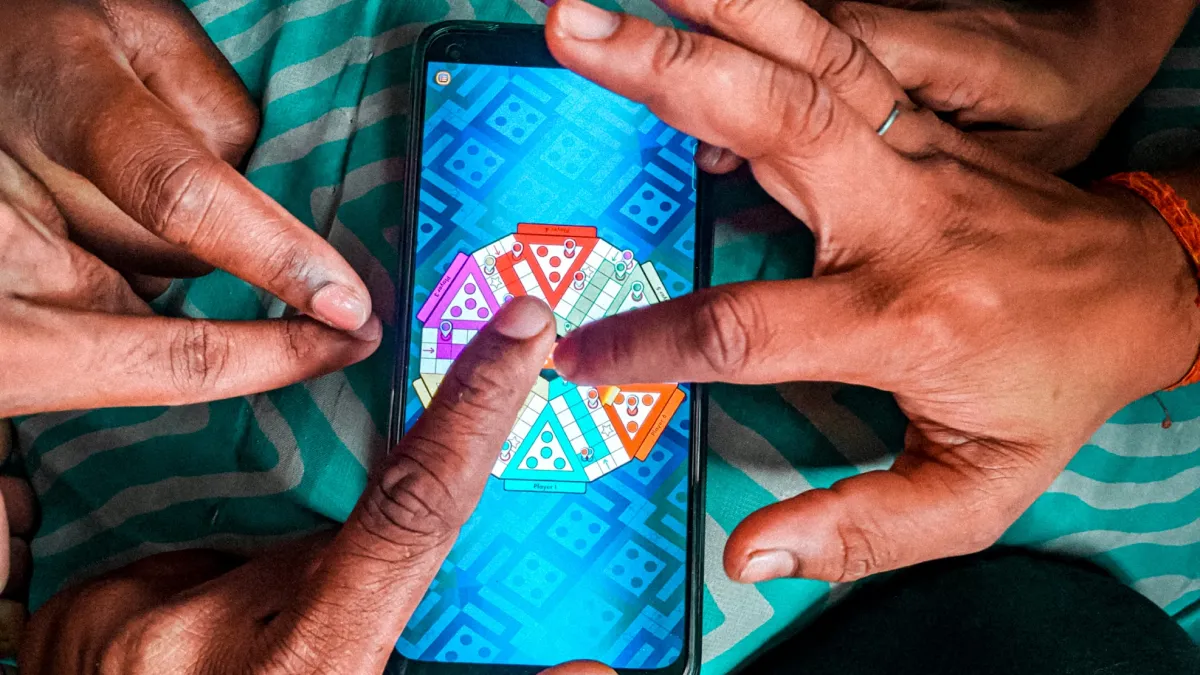Mobile Game Monetization: How Developers Make Money

Players are raking in billions In the multi-billion dollar industry of mobile gaming. There is a method of monetization going on behind every free-to-play mobile game you download; But how do developers make those patagochi games into an ongoing revenue stream? In this article, you will be reading about top mobile game monetization models which they follow, to make money out of their users while still keeping them within the entertainment area as well.
In-App Purchases: The Candy Crush Approach
In-app Purchases are the lifeblood of how mobile games make money. At some point, one more boost can’t have hurt Candy Crush’s message. That’s how they rope you in.
What it is: The players grab the game without paying a dime, but they are pushed to purchase items like extra lives, power ups or new skins.
Why it works: Everyone loves a freebie. You will get more players to play until your game becomes free of course. Once they are in, they will spend money to enhance their experience—e.g., a magic potion that can help them avoid a difficult level—and the advertising revenue will start.
For Example: Clash of Clans, Angry Birds etc., In-game purchases can range from cosmetics to time-saving boosts.
Pro Tip: Get your game to that sweet spot; hard enough to get players to consider buying those sweet boosts. Just right — Goldilocks style.
Ads: The ‘I’m Gonna Watch This Ad’ Model
Okay, we’ve all been there. You play a game, you get further in the game — and then — boom — an ad interrupts the game. It’s annoying, right? Now who would have thought it but ads actually make a lot of money for developers.
Definition: Players view ads in exchange for rewards (e.g. bonus coins, new characters, special powers) These ads can be Banner Ads, Video Ads or Interstitial ads ( in cartoon Android game interstitial ad display between two levels )
Why it works: The Canva for Teams plan is an excellent strategy to make profit without payment. And all of these are opt in — watch an ad, get a reward. No harm, no foul.
Example: Rewarded video ads that give extra lives or even powerups, like Subway Surfer and Jetpack Joyride.
Pro Tip: Over-ads may drive your players to throw their phone in the room. Ok, sprinkle a few in there, but not as many as your in-game currency.
Premium Games: The Old School Way

Back in the days when mobile games required a one-time payment upfront? Well, they’re still around! Paid games are premium which means the players need to pay a one-time fee to procure the game.
What it is: I buy the game, that’s all there is to it. No commercials, no paywall, just pure gaming.
Why it works: Many players like to pay a flat fee upfront and not worry about ads or IAPs. Classic buy and play model.
Games that follow this model: Monument ValleyAltos Adventure With beautiful visuals and compelling gameplay, players are more than willing to dish out a couple of bucks for these titles.
Pro Tip: The difference is in quality. As long as it is an amazing game that players are willing to pay for, of course.
Subscriptions: The Netflix of Gaming
What is not to love about a subscription service this day in age? For some developers, it will be Netflix or Spotify subscriptions and for others now also mobile games.
What it is: Players pay a regular subscription fee (usually weekly, monthly, etc) to access exclusive content or features unavailable to free-to-play users.
Why it works: The revenue is recurring in this model And not to mention, it continuously engages the players so they keep coming back for more with periodic updates, fresh levels or fancy premium features found nowhere else.
Example: Apple Arcade is a perfect template where users pay a monthly subscription fee to enjoy a library of high quality games with exclusive content.
Kind to be a Fresh Content Pro 🙂 The idea is for a subscription to work when you are providing new things each month or week so that your players subscribe, and never unsubscribe.
Related
Sponsorships and Partnerships: The Collaboration Game
Sometimes, but nothing about it is solipsistic. They work alongside brands and companies on sponsorship and collaboratives. That’s a win-win like no other.
What it is: Companies can pay to have their logos, products, or even events integrated into the game.
Why it works: A win-win for the game and brand. The brand gets exposure in a place where players are extremely engaged, and the game makes additional revenue.
Example: Fortnite — the most famous one is with Marvel and Nike when brands collaborate in-game, offering exclusive skins (and) themed events.
Pro Tip –Form smart partnership ensure the brand is compatible with your games’ vibes Example: You wouldn’t want a luxury watch ad to appear in your casual candy-matching game.
Crowdfunding: The Fan-Backed Dream
When developing their own game, many indie developers use platforms such as Kickstarter or Patreon to begin funding.
Why it matters: Because players offer money to fund the game in return for rewards such as exclusive content, early access and much more.
Why It Works: This builds a community and buzz around the development of your game. And it helps developers to estimate the interest in their game before its release.
Example: Pillars of Eternity and Shovel Knight: both crowd-funded their development with bonus rewards supplied to backers.
PRO TIP: Crowdfunding is most successful when you already have a large audience or community to help support your campaign. Imagine it as a donation request to your friends; If they love you, they will contribute.
Final Thoughts
Monetization for Mobile Games — The One-Size-Fits-All Model Sucks In-app purchases, ads, subscriptions, or sponsorships — developers have a lot of avenues to make money. Always remember, balance is the key to success, as overdoing things won’t please your players and will eventually lead you to get a 1 star review. Make it enjoyable, make it valuable, and profit shall ensue!
If you like a mobile game for free, keep in mind that The Game Is Free But They Are Making Money Somehow, and that someone could be some developer chilling with coffee with a smile on his face.
FAQ
-
In-app purchases (IAPs) allow players to download and start playing a game for free but encourage them to buy virtual items like power-ups, extra lives, or skins. These items often make the game more enjoyable, offering boosts or time-saving benefits.
Example: Games like Clash of Clans and Candy Crush utilize IAPs to generate revenue by selling items that enhance the gaming experience.



